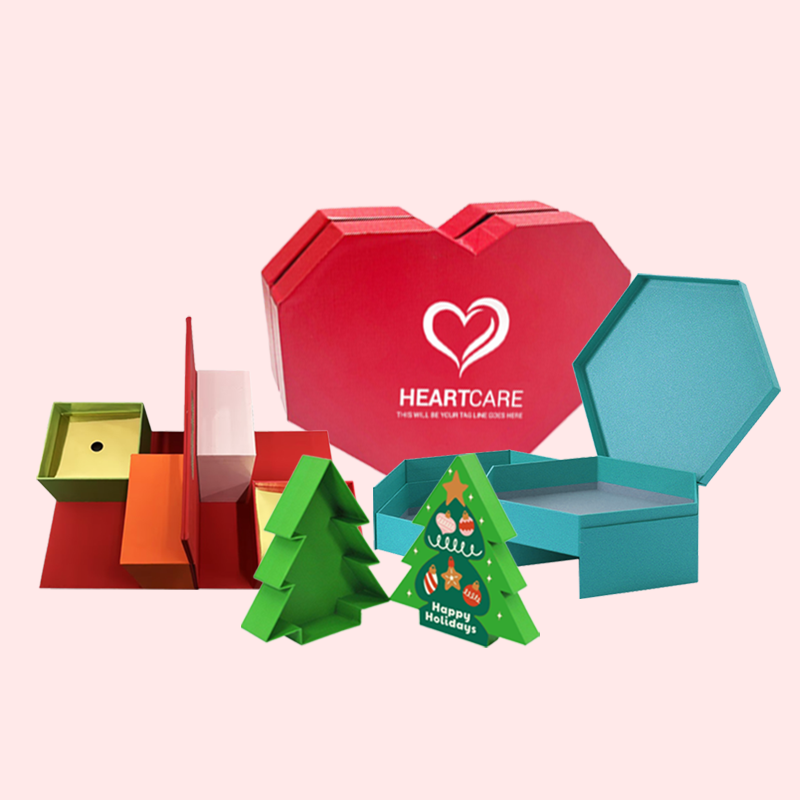Struggling to find a reliable online packaging supplier? You worry about quality, hidden costs, and complex ordering processes. Finding the right platform is key to avoiding frustration and delays.
Look for platforms with instant quotes, 3D design previews, a wide range of material options, and clear communication channels. These features ensure transparency, help you visualize the final product, and make the entire process from design to delivery smooth and predictable.
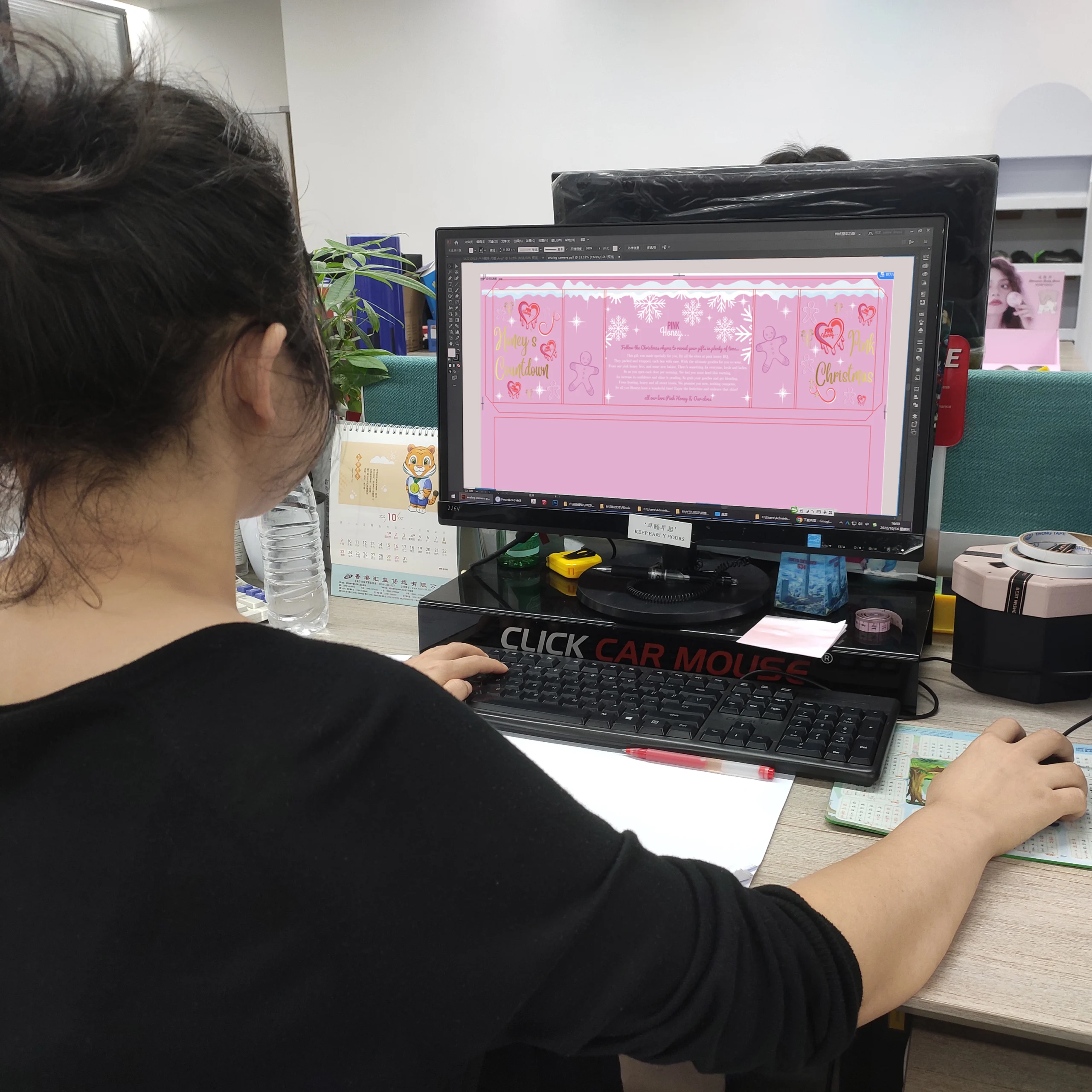
I’ve been in the packaging business for over 16 years, and I built my company, Giftspack, from the ground up. I have seen firsthand the challenges designers and brand managers face when moving from a great idea to a finished box. It can be tough. You need a partner, not just a supplier. Let’s break down what truly matters when you’re choosing an online partner for your packaging needs. This guide will help you select the best platform to bring your vision to life.
What are the things to consider when deciding on the packaging of a product?
Are you feeling overwhelmed by all the choices for your product's packaging? It is very easy to get lost in materials, costs, and design ideas. A clear framework helps you make the best decision.
You must consider your product's specific needs, your target audience, your budget, and your brand identity1. Also, think about how the product will be transported and stored. Balancing these factors is crucial for creating effective packaging that works from the factory to the customer's hands.
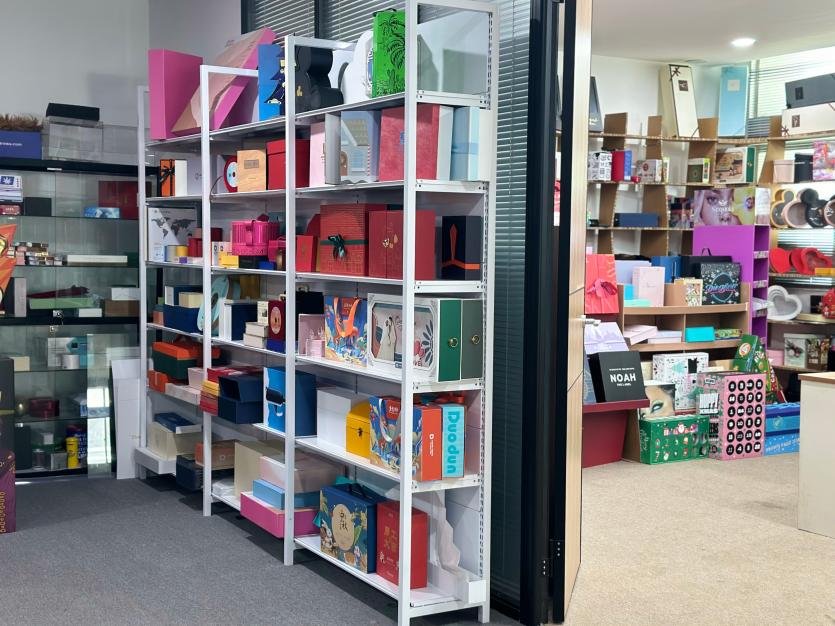
In my experience, thinking through these points is the most important part of the process. Let's use a simple paper box as an example. It's one of the most common packaging types I work with, used for everything from cosmetics to electronics.
Product Protection vs. Brand Message
First, what does your product need? If it's a fragile electronic device, a simple paper box won't be enough. You’ll need a stronger corrugated material or custom inserts to hold it securely. But for a t-shirt, a standard paper box is perfect. At the same time, what message does your packaging send? Today, a paper box signals that your brand is eco-conscious, which is a huge benefit. For luxury items, you might choose a thicker, textured paper stock or add foil stamping to give it a more premium feel. The look and the function must work together.
Cost and Practicality
This is a constant balancing act for designers. Paper boxes are generally low-cost to produce. They are also lightweight and can be shipped and stored flat, which saves a lot of money on logistics. I remember a client who sold organic snacks. They switched from plastic bags to simple, printed paper boxes. Their shipping costs went down, and their customers loved the new eco-friendly look. It was a win-win. You have to find that sweet spot where the cost makes sense and the packaging does its job perfectly.
What are the 6 requirements of packaging?
Does your packaging check all the right boxes? It’s more than just a container; it has a very important job to do. Missing just one key requirement can lead to damaged products or lost sales.
The six core requirements are containment, protection, convenience, communication, security, and sustainability2. Your package must hold the product, keep it safe, be easy for customers to use, share information clearly, prevent tampering, and be environmentally responsible. Meeting these ensures your packaging performs well.
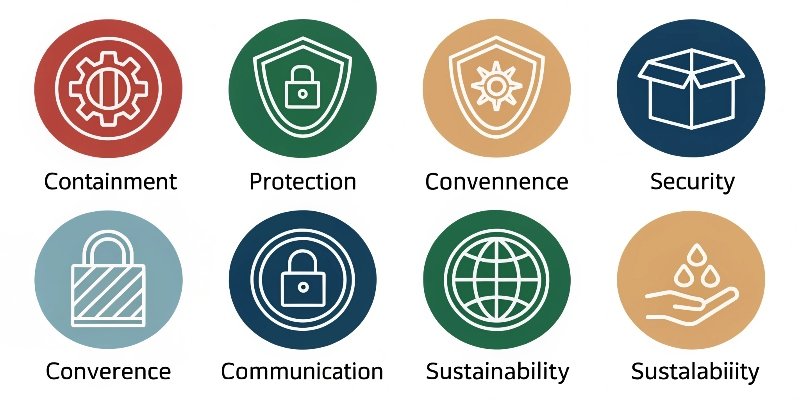
I always tell my team at Giftspack that if a package fails in any of these areas, it has failed completely. Let's break them down.
| Requirement | What It Means for Your Packaging |
|---|---|
| Containment | The box must simply hold the product without it falling out. This is the most basic job. |
| Protection | It must protect the product from bumps, moisture, and other damage during shipping and handling. Paper boxes are good, but remember their weakness: water. |
| Convenience | The package should be easy for everyone to handle, open, and use. Think about frustration-free openings. I have seen customers get angry over a box that is too hard to open. |
| Communication | Your packaging is a silent salesperson. It carries your brand name, product information, and instructions. The design and text must be clear and easy to read. |
| Security | For products like food or medicine, the packaging needs security features like tamper-evident seals. This builds trust and ensures safety for the customer. |
| Sustainability | This is no longer optional. Customers expect brands to use responsible materials. Paper boxes are fantastic for this because they are often made from recycled content and are easily recyclable again. |
What are the 5 functions of package design?
Do you think your package design is just about looking pretty on a shelf? You might be missing its most powerful functions. A design that only looks good but does not work can actually hurt your brand.
The five key functions of package design are to attract buyers, communicate the brand's message, protect the product, make it easy to use, and stand out from competitors. A successful design achieves all these goals, turning a simple box into a powerful sales tool.
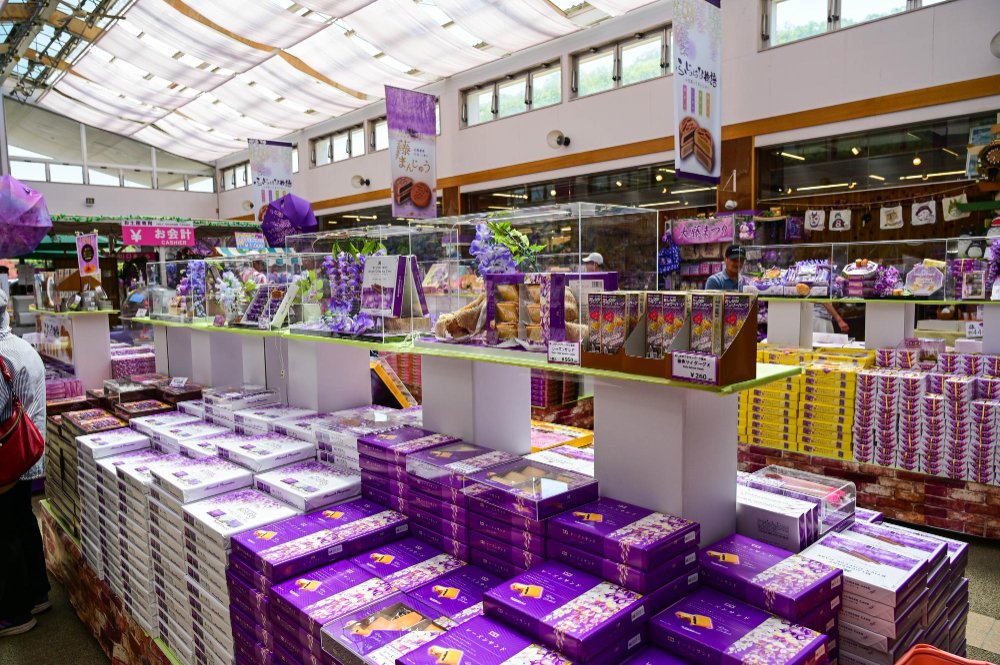
A great design is a blend of art and science. Over my 16 years, I've seen how a smart design can make or break a product launch. It's about more than just aesthetics; it's about purpose.
First, your package must attract attention. Imagine a customer walking down a crowded aisle. Their eyes scan hundreds of products. What makes them stop and pick yours up? It could be a bold color, a unique shape, or a beautiful illustration. Your paper box is your first handshake with the customer.
Second, it must communicate. The design instantly tells a story about your brand. Is it fun? Is it luxurious? Is it natural and organic? The fonts, colors, and imagery all work together to send a clear message.
Third, it must protect. This function is non-negotiable. A beautiful box that allows the product inside to get crushed is a failure. The structural design is just as important as the graphic design.
Fourth, it must make the product easy to use. This is often called the "unboxing experience3." A package that is satisfying to open and handle adds value to the product itself. I once worked with a client to design a cosmetics box that opened up like a blooming flower. Customers loved it and shared videos online.
Finally, it must differentiate your product. Your design needs to look different from your competitors. Using a unique material, finish, or structure can help your brand own its look on the shelf.
What are the 7 basic steps to packaging design?
Starting a new packaging design project can feel like a huge task. Without a clear process, you can easily waste time, effort, and money. Following a structured plan is the best way to get it right.
The seven basic steps are: define project requirements, conduct research, brainstorm concepts, create design mockups, get feedback, finalize the design, and prepare for production. Following these steps ensures a smooth workflow, reduces errors, and leads to a successful final package.
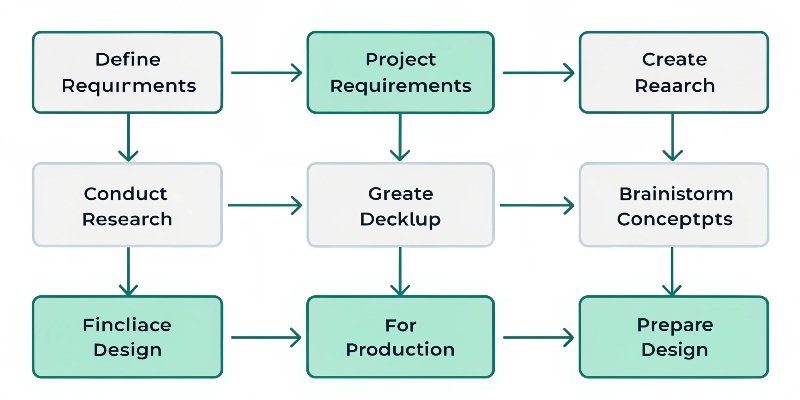
This 7-step process is the roadmap I use with every client at Giftspack. It turns a big, complex job into a series of manageable tasks and makes sure nothing gets missed.
- Define Requirements: This is the foundation. Before you do anything, you must know your budget, timeline, product dimensions, and target audience. Write it all down.
- Research: Look at what your competitors are doing. What works? What doesn't? Also, look for inspiration in other industries.
- Brainstorm: This is the creative part. Don't hold back. Sketch out as many ideas as you can, even the wild ones. Think about materials, colors, shapes, and graphics.
- Create Mockups: Pick your best 2-3 concepts and build them. This is where a good online platform with a 3D preview tool is a game-changer. It lets you see a realistic digital version of your box before spending any money on physical samples.
- Get Feedback: Show your mockups4 to your team, stakeholders, and maybe even a few trusted customers. Ask specific questions and listen carefully to their input.
- Finalize the Design: Use the feedback5 to refine your chosen concept. Perfect every detail, from the color codes to the placement of the text. This will become your final master design6.
- Prepare for Production: This is the final technical step. Your packaging partner should provide you with a dieline template7. You will place your final artwork onto this template to create a print-ready file. Check everything one last time before sending it off to be made.
Conclusion
Choosing the right online platform and following a clear design process are key. Focus on protection, branding, and customer experience8 to create packaging that truly adds value to your product.
-
Explore how packaging design can enhance and communicate your brand's identity. ↩
-
Discover eco-friendly packaging solutions that meet customer expectations for sustainability. ↩
-
Explore how to create an engaging unboxing experience that delights customers. ↩
-
Learn the importance of mockups in the packaging design process and how to create them. ↩
-
Discover effective methods for collecting feedback to refine your packaging designs. ↩
-
Understand the significance of a final master design in the production of packaging. ↩
-
Learn about dieline templates and their role in preparing packaging for production. ↩
-
Explore the connection between packaging design and enhancing customer satisfaction. ↩


